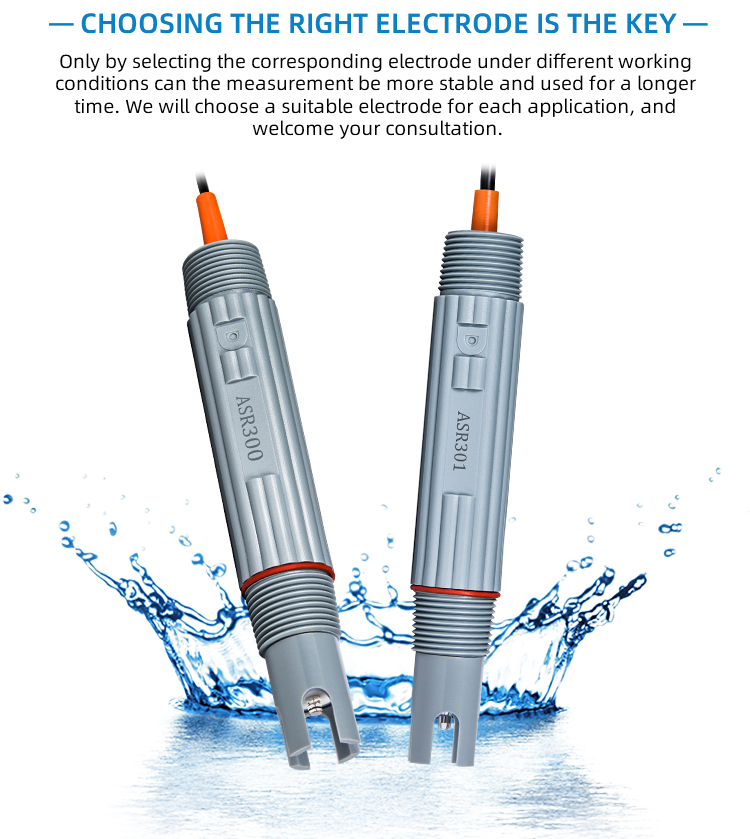Talking about the Characteristics of Secondary Development of Standard Parts Library
In recent years, with the advancement of safe city initiatives and other related projects, the domestic security industry has experienced rapid growth, maintaining an annual growth rate of around 20%. Video surveillance has become a central component of modern security systems. Compared to traditional analog systems, digital video surveillance is gaining more attention due to its high-quality image resolution, ease of transmission, and efficient management. However, this shift also brings new challenges across all aspects of video surveillance systems.
A typical video surveillance system consists of several key components: data collection, transmission, storage, display, and control. As video digitization and high-definition technology continue to evolve, the volume of video data has grown exponentially, leading to higher demands on storage solutions. These requirements can be summarized into three main areas: capacity, speed, and redundancy.
Firstly, storage capacity must be carefully considered. This involves factors such as the bit rate of each video stream, the number of simultaneous video streams that can be handled, and the required retention period for recorded footage. With the widespread use of high-definition cameras, the bit rate per channel has increased significantly, which in turn raises the storage needs of video surveillance equipment—especially for systems with many cameras. Given the limitations of individual disk capacities, video storage devices need to support more local disks and expansion ports for external storage cabinets.
Secondly, speed is essential. Video storage systems must efficiently store incoming video streams to local disks and quickly retrieve historical footage for playback. As video bit rates continue to rise, the performance requirements for storage systems have also increased.
Thirdly, redundancy is crucial for ensuring data reliability. RAID (Redundant Array of Independent Disks) has become a standard feature in mid-to-high-end video surveillance devices, and even some lower-end models are starting to include it. RAID can be implemented through hardware RAID cards or software solutions like Linux SoftRAID. While hardware RAID offers better performance, it comes at a higher cost. Software RAID, although cheaper, relies on CPU resources and typically delivers lower performance. Some platforms now support hardware-accelerated RAID, which enhances software RAID performance without increasing hardware costs—offering an excellent balance between performance and cost.
Video surveillance storage solutions come in two main forms: highly integrated embedded systems and high-end x86-based architectures. Traditional embedded solutions use SoC chips that integrate network access, audio/video decoding, and SATA ports. These allow manufacturers to build low-cost storage products using a single chip. However, they often lack strong CPU processing power and limited back-end port availability. To expand storage or add RAID features, additional controllers may be needed.
On the other hand, high-end x86-based solutions offer superior performance but at a much higher cost. They typically require additional SATA controllers and SAS HBA cards for disk expansion, making them suitable only for high-end applications.
Is there a solution that balances performance and cost? Yes. PMC, a well-known memory chip manufacturer, has long dominated the enterprise memory market. Its SAS/SATA controllers and expander chips are widely used by major server and storage providers like HP, IBM, EMC, and NetApp. With deep expertise in storage technology, PMC has developed a new embedded SoC solution for video surveillance. It features a powerful multi-core processor running Linux, up to 24 local SAS/SATA ports for direct or expanded disk connections, and an enterprise-grade RAID acceleration engine. This allows seamless integration with Linux SoftRAID, delivering efficient data protection. The PCIe port supports additional devices like network cards, enabling end-to-end video storage solutions that perfectly balance performance, cost, and power efficiency. This system has been successfully adopted by leading Chinese security companies and has received positive feedback from users.
Analog Orp sensors and analog Orp electrodes are important and critical sensing components for measuring Orp data.Selecting the correct ORP Sensor/electrode is crucial to obtaining the best measurement results.
ORP, also known as oxidation-reduction potential, represents the oxidation-reduction ability of water, and the unit is mV. When the ORP sensor reads a negative number, this means that the substance being measured is a reducing agent, and when the reading is positive, it means that it is measuring an oxidizing agent. The reading of ORP will reflect the degree of pollution or disinfection of water, and it is an important indicator of water quality. Although it cannot independently reflect the quality of water, it can reflect the ecological environment of water bodies in combination with other water quality indicators.
If the ORP value is low, it indicates that the content of reducing substances or organic pollutants in the wastewater treatment system is high, the concentration of dissolved oxygen is low, and the reducing environment is dominant.
If the ORP value is high, it indicates that the concentration of organic pollutants in the wastewater is low, the concentration of dissolved oxygen or oxidizing substances is high, and the oxidation environment is dominant.
Daruifuno's analog ORP sensor has two types of flat platinum and circular platinum, and the measurement range is also different. Customers can choose according to their needs.The analog ORP electrode is a double salt bridge design with Ag/Cl reference electrode. We also have glass material and plastic shell packaging models.

Analog ORP electrodes cannot transmit signals by themselves and need to be equipped with a transmitter. Our online pH ORP controllers can be connected to analog ORP sensors to achieve more display, control and output functions. We can also customize BNC connectors.
The main applications of ORP sensors include: chlorine and disinfection, cooling towers, swimming pools, water treatment, poultry processing, pulp bleaching, etc.
Analog Orp Sensor
Suzhou Delfino Environmental Technology Co., Ltd. , https://www.daruifuno.com